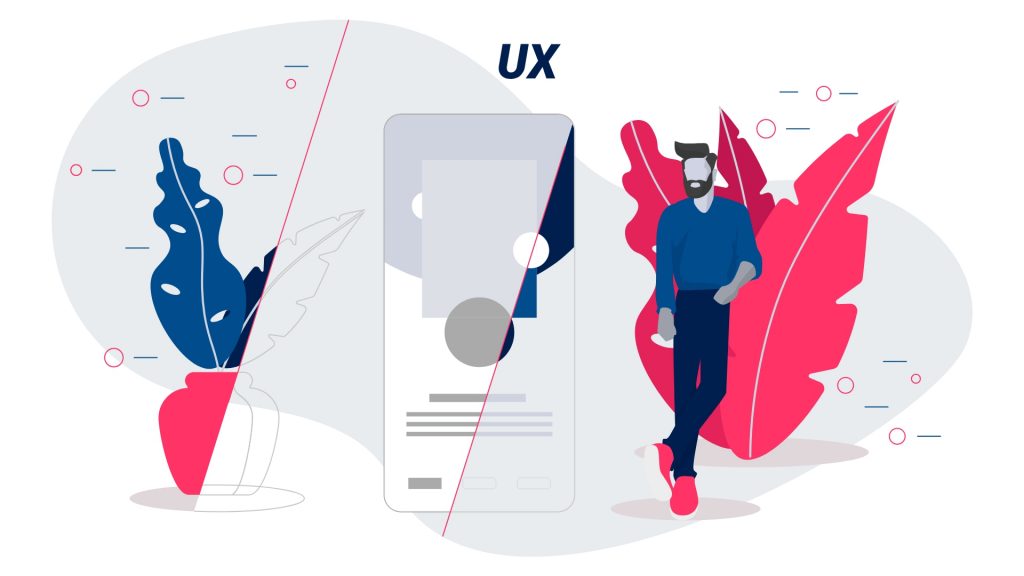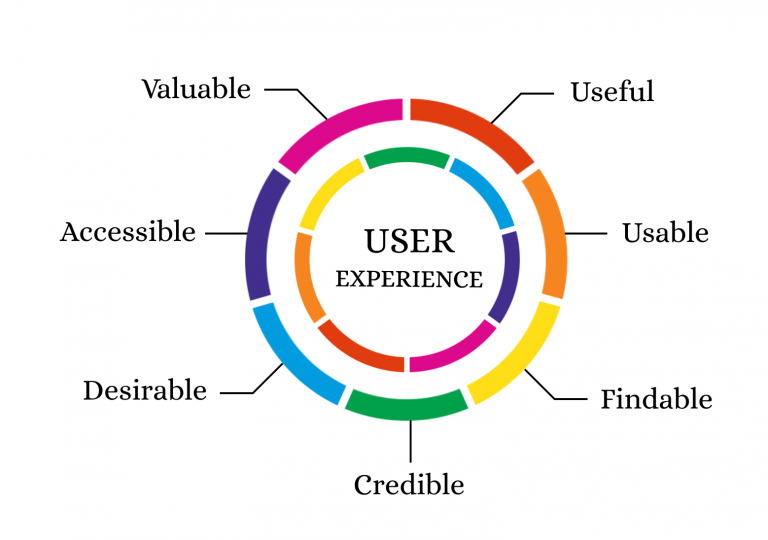How Collaboration Makes us Better UX Designer.

How Collaboration Makes us Better UX Designer.
The concept of the solitary creative genius is a myth. When I first began as a UX designer, I felt like my designs had to be complete before I could show them to anyone.
I think this vulnerability stems from a feeling that we as designers have to think through every element before we can call a design complete.

As a result, it can be tempting to withdraw — to fully embrace the solitary UX designer stereotype — and assume the problems we’re facing are uniquely our own. But here’s the thing: usually another person on your team has dealt with similar challenges.
It can be nerve-wracking, vulnerable, and challenging at times, but getting out of our own heads and incorporating collaboration into our design processes can make us all better UX designer.
Over the years, I’ve come to learn that designing collaboratively means putting your egos aside to make something that transcends the sum of its creators.
Here are six ways you can be more collaborative based on our process at Constructive:
1. Start a Conversation

I spend most of my days independently thinking through interaction concepts and visual executions with prototypes, wires, sketches (lots of sketches), and of course .jpgs, .pdfs, and some .sketch files.
When I get to a place where I feel comfortable that most chips have landed in approximately the right places, I usually first reach out to my fellow UX designers to get quick initial reactions, advice on how to elevate the work, and general tips on what’s working and what’s not.
The computer can be the worst tool for problem-solving, so it’s critical to step away from your screen and talk through the work with another person to make sure your design intention is coming through and the system is intuitive enough for another person to use.
2. Embrace Internal Reviews

We always review internally before presenting designs to a client. This gives other UX designers on our team the chance to comment on the work. Talking through a design system with another person can be like a sieve for your own ideas.
What’s working? What’s an outlier? What are the ways we can extend the system? Usually, after we talk through a problem, I get the reassurance of how to go forward because I know how other people have interacted with the prototype.
It’s easy to justify a system’s flaws in your head when you’re the only person who’s seen the design, so it’s critical to get a second or third or fifth opinion on design so we can make certain the system works and is helpful for everyone.
It’s also good practice to test your ideas in presentation mode before having a formal client presentation. What sort of language am I using to describe the design?
Is it intuitive enough or do I have to explain my rationale in order for someone to understand the intention? If the latter is true, it’s a good indication that I might need to work through the design to get it to a place where it can exist without me explaining how the user should interact with it.
3. Incorporate Prototype Testing

A prototype can be anything. It can be a piece of paper, an interactive InVision board, a card sorting sitemap, or general experience that’s used to test how a typical user engages with a product.
When I’m uncertain about an assumption I have about design, it helps to do some informal user testing with the design team and other colleagues.
Testing with members of your team is a good exercise for thinking through basic user experience patterns because everyone brings a unique understanding of web accessibility standards and how to improve usability.
I did several rounds of user-testing on colleagues early on in the process of developing the UI UX for BMW before doing around with target audience members to streamline controls and make sure there was a base understanding of how it functioned.
4. Schedule Weekly Design Huddles

We also have weekly design hurdles that allow us to get aligned on what everyone is working on and give us the chance to have a focused conversation on trends, processes, and inspiration.
It’s important to come together as a group like this because it creates a forum for bringing up issues and opportunities that we’re experiencing as an individual UX designer.
5. Share Inspiration

Browsing the internet is primarily an individualized activity — unless of course, you’re forcing everyone around you to watch videos of thirsty pets. We try to share and keep an organized record of all the things we see online that inspire us. We do this by using slack channels.
This is an important practice because it makes browsing the internet a more collaborative activity. It allows us to understand each other’s reference points. And since we’re continuously learning from new experiences, it’s important to share what speaks to us in creative, professional, or personal ways.
It’s also a good way to gauge what your competitors are doing and what techniques or trends are shifting the industry to new and exciting places. By keeping an inspiration library, we can easily reference industry-specific sites in project strategic briefs. It also helps us align as a design practice through having a shared knowledge base about our creative inspiration and aspirations.
6. Collaborate on Larger Projects

Larger projects demand even more collaboration between designers. Some of our recent team projects have been working on BMW and Aapka Advocate.
These projects have allowed us to put our egos aside and engage in meaningful conversations about what’s best for the overall project. It has been challenging to give constructive criticism on a colleague’s work, but when something is bothering one person, it’s usually bothering more too.
Giving each other feedback forces us to have tough conversations about what we’re trying to convey with our UX designs and understand if something isn’t as inclusive or accessible as it could be. Working toward one unified idea also allows us to learn collective processes and knowledge.
They didn’t know that much about production work before redoing the Constructive site. So They racked their brains for a few times figuring out how to optimize images for the web (see future insight).
It was only when the other UX designer started helping with production that we learned from each other to create a process that worked based on all our shared knowledge. Methodology and process solidify when they happen many times with different people over time.
Final Thoughts
Why am I telling you this? The obvious answer is that any team needs to collaborate to work successfully. That holds a nugget of truth, but the real answer goes much further.
No matter your discipline — design, development, content, or strategy — I believe we get better each day as individuals by engaging in challenging conversations with each other.
This in turn creates a much stronger, more powerful team.
So if you take anything from this, it’s that:
We all strive to create excellent work that conveys truth and value.
Our differences make us stronger together.





